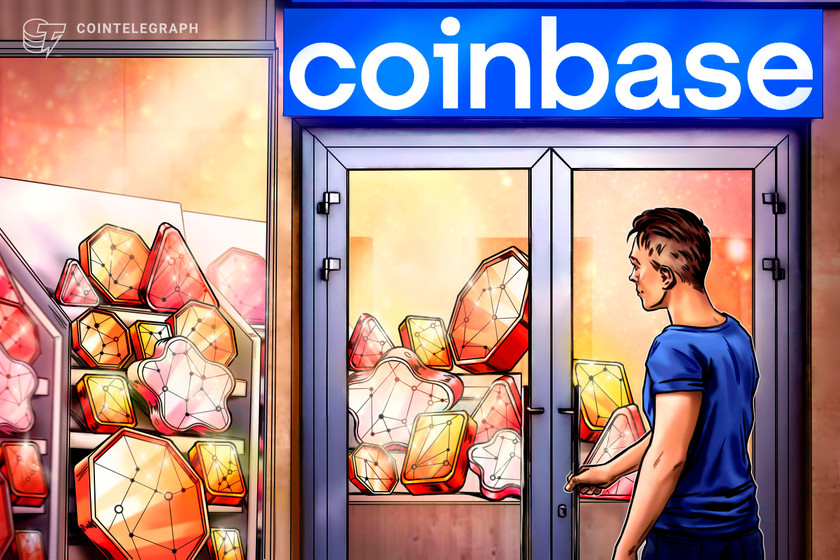Coinbase rolls out crypto transfers via links sent on WhatsApp, Telegram


Recipients need to download a Coinbase Wallet to receive the funds, but the crypto exchange says they’ve simplified the process for less tech-savvy users.
A new feature from Coinbase Wallet allows for the transfer of crypto through a link that can be sent through some of the most popular social media sites and messaging apps as the crypto exchange looks to make its service accessible to a wider market.
“Users can now send money on any platform that they can share a link,” Coinbase said in a Dec. 5 blog post, naming apps like iMessage, Telegram, WhatsApp, Facebook, Instagram and TikTok.
There’s no payment fee when sending USD Coin (USDC), a U.S. dollar stablecoin Coinbase co-launched in 2018 with its issuer, Circle.





















